THE RIGHT OF EXHIBITION IN FRANCE
Are you a visual / graphic artist and would like to know more about exhibition rights?
You are in the right place: we will provide you with a quick and precise summary!
Definition:
What is exhibition right?
To put it simply, the exhibition right consists in receiving remuneration when your works are presented on the occasion of a public exhibition (whether the venue itself is public or not).
Does this remuneration seem strange to you?
It is normal, because it is very often ignored (voluntarily or not) by the places of French exhibitions, in particular the museums, although it is however obligatory.
Indeed, article L122-2 of the Intellectual Property Code provides for the terms of this remuneration, and the Court of Cassation has already ruled to this effect on November 6, 2002: this right to remuneration should logically be negotiated by a contract. transfer of rights, very rarely used in practice.
The cultural players have adapted well to this gray area, justifying this practice by the promotional dimension of the exhibition (the famous "You will not be paid, but you will gain visibility"), and by the possibility offered the artist to sell his works on the occasion of these events. It is a little quick to overlook the fact that the primary function of art is not to be awarded a prize. It is also forgetting that the artistic process is time consuming, and that visibility does not finance the races at the end of the month.
The Ministry of Culture very recently took an interest in the subject, by publishing on December 18, 2019 a recommendation relating to "A remuneration for the right of public performance", in order to grant a minimum remuneration for the benefit of visual artists when they present their works in monographic or group exhibitions.
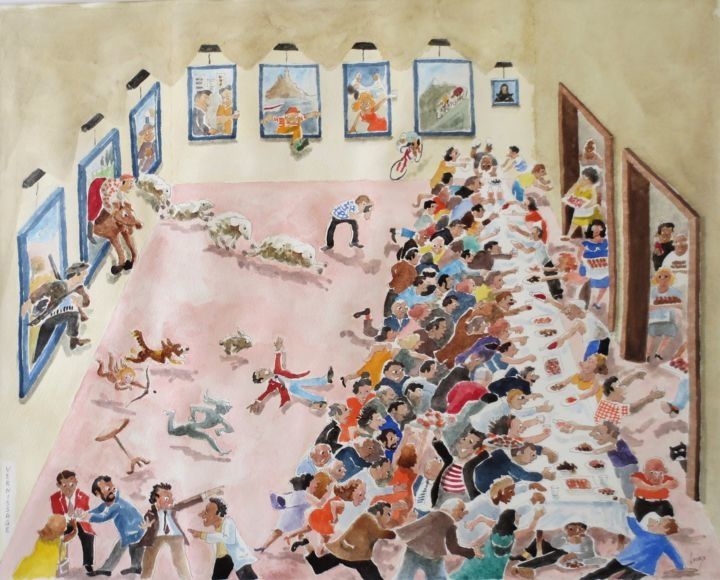
Exhibition rights, how does it work?
- The cultural actors concerned
As the nature of the text suggests, you will have guessed it, this recommendation has limited binding value: remuneration is only compulsory for "labeled establishments and structures benefiting from support from the ministry".
Are therefore concerned here:
institutions receiving subsidies from the ministry, arts centers and museums having received the designation "Museums of France"
https://www.data.gouv.fr/fr/datasets/r/22df4a13-72d8-4b34-940e-8aec297b5ded .
This therefore does not necessarily apply to private structures (shops, bars, hotels, etc.), which is not necessarily a bad thing for small structures, which would certainly reduce their exhibition schedule by imposing a additional cost, at the same time limiting the possibility for emerging artists to publicly present their work and obtain feedback.
- The amount of remuneration
The ministry's recommendation standardizes the situation by proposing a floor (minimum) remuneration for artists in the context of temporary exhibitions.
The amount of this remuneration can therefore potentially be revised upwards, although one can consider the cultural actors relatively cautious at the idea of going beyond a text which already upsets their traditions.
Below is a table summarizing the scale implemented by the ministry. For monographic (solo) exhibitions, the artist will receive 1,000 euros “regardless of the duration of the exhibition and the number of works exhibited”. The scale also distinguishes between exhibitions where entry is free, and those where entry is payable.
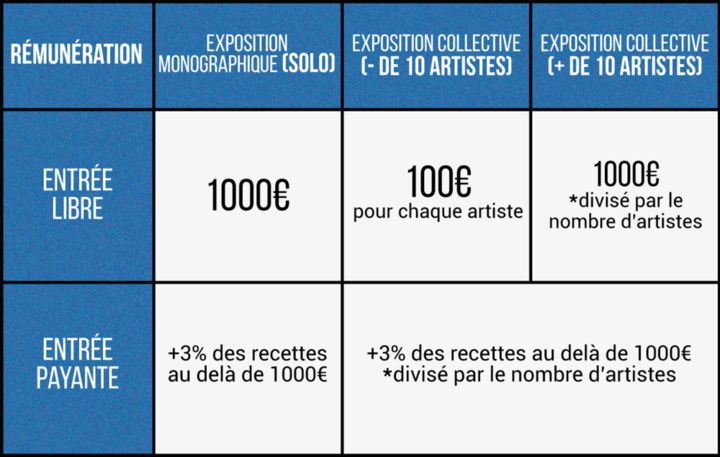
- The exhibition right, what to expect?
The recent energy deployed by the Ministry of Culture to make this law applicable is significant, although it appears however rather late.
It is akin to a godsend allowing emerging artists to live out their passion more serenely, but also like a wet firecracker, since the amounts allocated turn out to be exaggeratedly low in relation to certain structures (large public museums, private foundations, etc.), with which artists could have negotiated much more by contractual means.
This recommendation will soon become binding for the vast majority of exhibition venues. It is therefore up to them to ensure that this remuneration is respected as quickly as possible.
Where appropriate, artists could act on the basis of the infringement of their economic rights.
Legal procedures being cumbersome, slow, and above all discouraging, in a cultural environment where confrontation is not the norm, it is hoped that this “new practice” will quickly integrate the uses of cultural actors.
Article written by Bastien Alleaume, Jurist in art law.

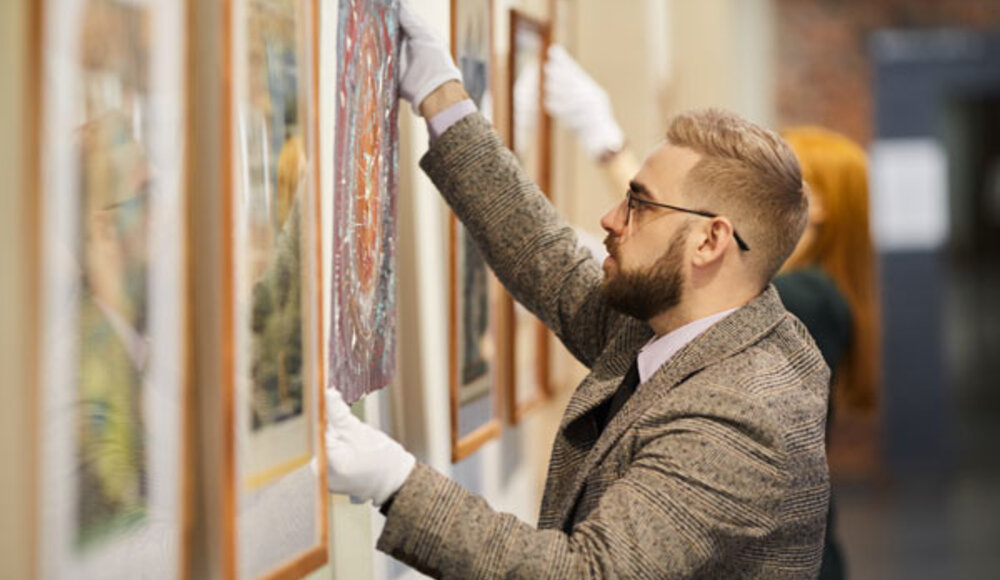
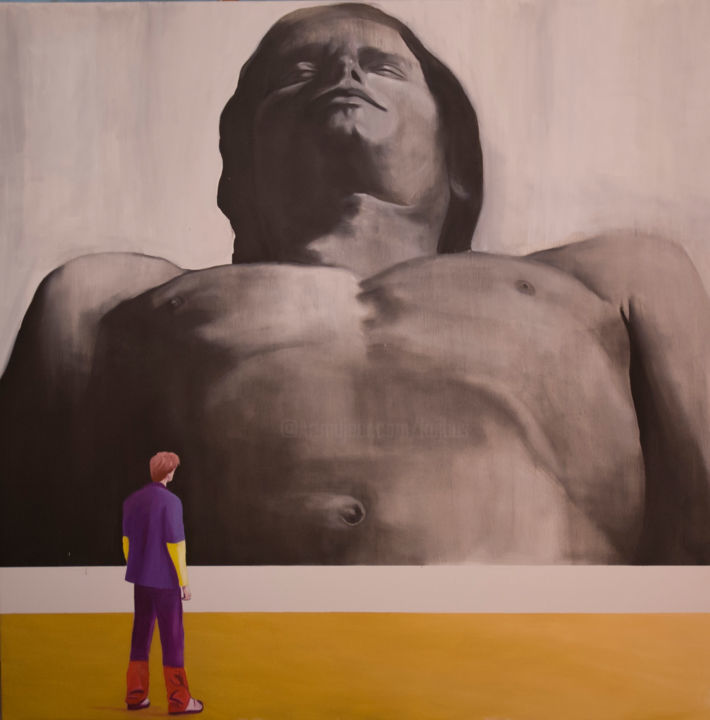
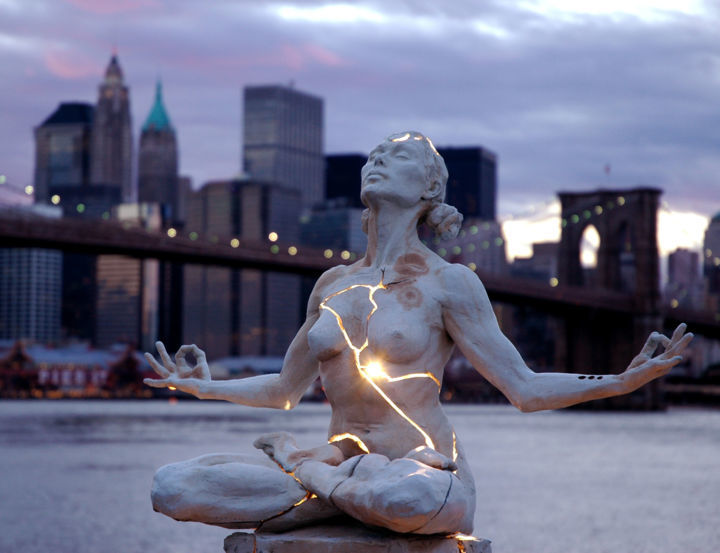
 Nicolas Sarazin
Nicolas Sarazin